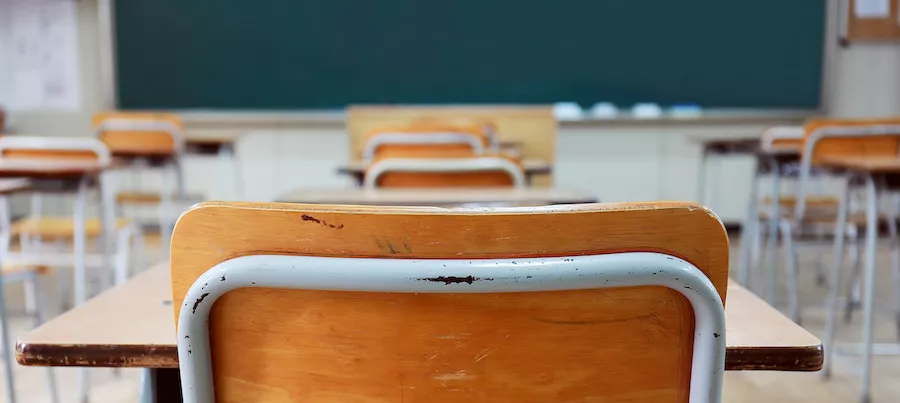While the teacher shortage is being felt across many states and school districts, its impact is not shared equally along socioeconomic lines, according to a new paper by the Economic Policy Institute (EPI).
Probably the most critical resource denied to many students is an experienced, full-certified teacher — a deficit that is “much more acute problem in high-poverty schools,” said EPI Economist Emma García. “These shortages threaten students’ ability to learn and reduce teachers’ effectiveness, and high teacher turnover consumes economic resources that could be better deployed elsewhere.”
The study, co-authored by García and EPI research associate Elaine Weiss, is the first in a series examining the "perfect storm" in the teacher labor market - the causes, the consequences and potential remedies. "The teacher shortage is real, large and growing, and worse than we thought," they write.
As the U.S. economy slowly recovered from the Great Recession and school budgets improved, districts began to look for teachers. They soon found that filling positions was more difficult than they had anticipated. Too many districts have struggled ever since. Finding qualified teachers in mathematics, science and special education has been a particular challenge.
Nurses a Scarce Commodity in Many Schools
With the many services that nurses provide to students and staff, budget constraints have caused some districts to cut back on hiring nurses."School districts should not have to make the decision between paying for curriculum or school nursing services,” says school nurse Louise Wilson.
The Leaning Policy Institute (LPI), who has sounded the alarm about the teacher shortage in a number of reports, defines a shortage as "the inability to staff school at current wages with individuals qualified to teach in the fields required."
As García and Weiss note, not all current teachers meet the education, experience, and certification requirements associated with being a highly qualified teacher.
"We argue that, when issues such as teacher quality and the unequal distribution of highly qualified teachers across schools serving different concentrations of low-income students are taken into consideration, the teacher shortage problem is much more severe than previously thought," the EPI report said.
The shortages are especially severe in California. In 2017, LPI found that two-thirds of principals in high-poverty schools left positions vacant or hired less-qualified teachers. Less than half of their counterparts in schools with fewer lower-income students did so.
According to Advance Illinois, in 2017, 90 percent of teacher vacancies in the state — 1,006 positions in all — were in underfunded school districts. Seventy-four percent were in majority-minority school districts, and 81 percent were in low-income districts.
Students in high-poverty schools are more likely than their counterparts in low-poverty schools to have teachers who have less experience, fewer credentials, and lack the educational background in the subject matter they are teaching. (See chart below.) These teachers are also more likely to leave the profession.
The EPI paper also finds that the established link between strong credentials and retention weakens in high-poverty schools, as attrition drains these schools of qualified teachers at a greater rate. Richard Ingersoll of the University of Pennsylvania estimates that half of all teacher turnover occurs in 25 percent of public schools, predominantly in high-poverty urban and rural areas.
"There is no sign that the large shortage of credentialed teachers—overall, and especially in high-poverty schools—will go away," García and Weiss write. Progress can be achieved only when the problem and its complexities are evaluated properly. This begins by understanding that the shortage is driven by several critical factors, including the teacher pay gap, stress and demoralization, and a scarcity of effective professional development, training and mentoring.
EPI will be take an in-depth look at these challenges - and potential solutions - in upcoming papers.
“In light of the harms the teacher shortage creates, as well as its size and projected trend, it is critical to understand the nature of the problem and the complexity of the teacher labor market,” said Weiss. “While most people understand teaching is a difficult job, our goal is to provide the attention that we have historically failed to in order to understand and fix the problems contributing to the shortage.”


